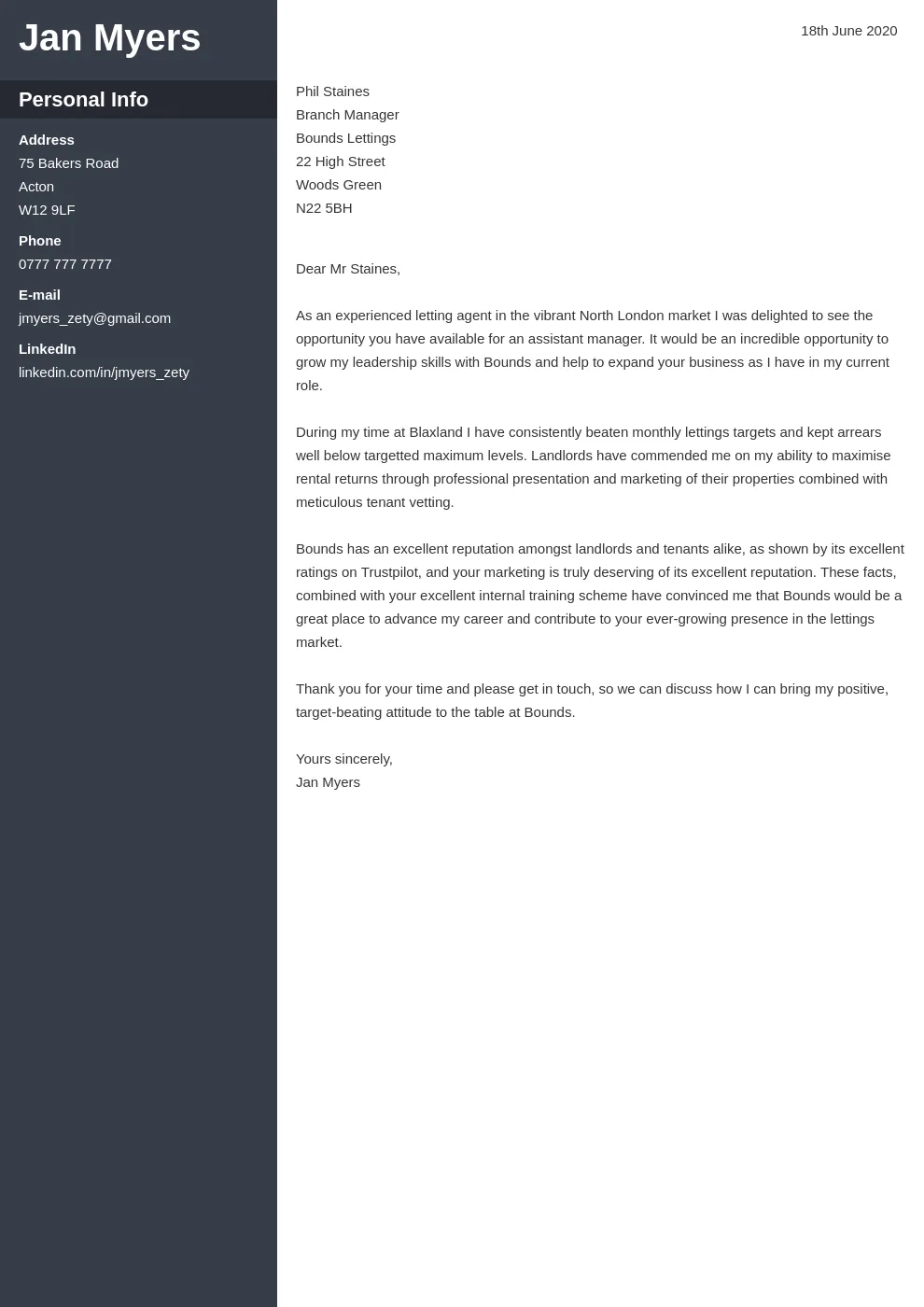What is a Cover Letter
A cover letter is a crucial document that accompanies your curriculum vitae (CV) or resume when you apply for a job. It serves as a personal introduction, allowing you to highlight your skills, experiences, and qualifications in a way that goes beyond the bullet points of your resume. It’s your opportunity to demonstrate why you’re the perfect fit for the specific role and the company. A well-crafted cover letter can significantly increase your chances of landing an interview, setting the stage for a successful job application process. It’s a chance to make a positive first impression, showcasing your personality, writing skills, and genuine interest in the opportunity. It is not just a formality; it is a key component of your application package.
The Purpose of a Cover Letter
The primary purpose of a cover letter is to introduce you to a potential employer and express your interest in a specific job. It provides context to your resume, allowing you to elaborate on your relevant skills and experiences and demonstrate how they align with the job requirements. A cover letter lets you personalize your application, showing that you’ve taken the time to understand the company and the role. It gives you a platform to articulate your career goals and explain why you’re the ideal candidate. It is your opportunity to communicate your enthusiasm and to showcase your unique value proposition. It also helps you differentiate yourself from other applicants.
Why a Cover Letter is Important
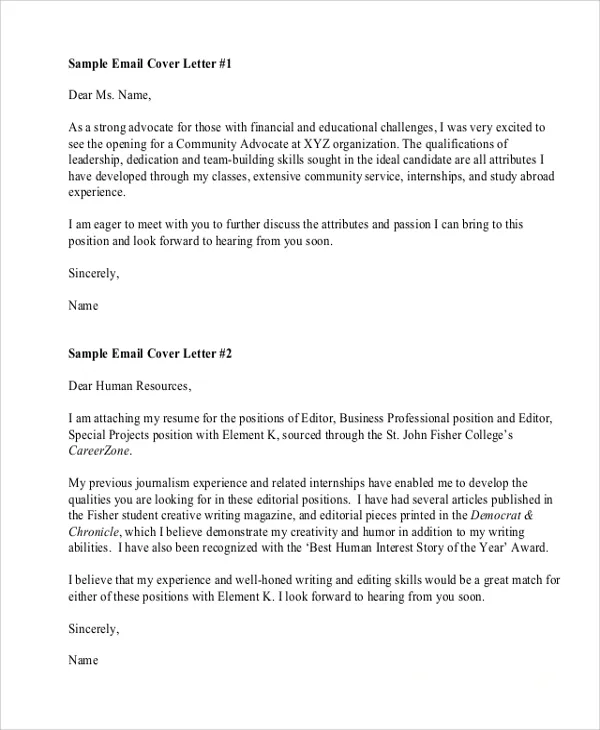
A cover letter is important for several reasons. First and foremost, it allows you to tell your story. It lets you connect your past experiences with the future opportunity. It shows the hiring manager you are not just a list of qualifications on paper. It helps demonstrate your communication skills, which are crucial in most professional settings. The cover letter provides a chance to show you are a good writer, a skill necessary for various job functions. A well-written cover letter can set you apart from other candidates. Employers often use cover letters to assess a candidate’s writing ability, attention to detail, and overall fit for the company culture. It shows you took the time to go beyond the basics. In competitive job markets, a cover letter can be the deciding factor.
Essential Components of a Cover Letter
Your Contact Information
Begin your cover letter with your contact information. This typically includes your full name, phone number, email address, and, optionally, your LinkedIn profile URL or personal website. This information should be clearly visible at the top of the letter, making it easy for the hiring manager to reach you. Ensuring that your contact details are up-to-date is crucial for a smooth application process. It provides the employer with the necessary information to schedule an interview or contact you for further inquiries. Double-check that all the information is accurate before sending your application.
Date and Recipient Information
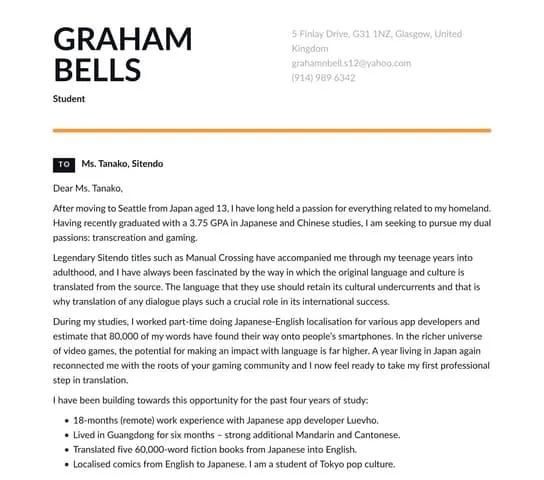
Following your contact information, include the date and the recipient’s details. The date should be the day you are sending the cover letter. Include the hiring manager’s name and title, if known, and the company’s address. Addressing the letter to a specific person demonstrates that you have done your research and are genuinely interested in the role. If you are unsure of the hiring manager’s name, you can often find this information on the company website or LinkedIn. Using “Dear [Hiring Manager Name]” is preferable to generic greetings.
Opening Paragraph
The opening paragraph should immediately grab the reader’s attention. State the specific position you are applying for and how you found the opportunity. Briefly mention why you are interested in the role and the company. Expressing your enthusiasm for the position and the company sets a positive tone. Keep it concise and engaging, making the reader want to continue reading. This is your first chance to make a strong impression, so make it count. The opening paragraph should also make it clear why you’re writing, and it helps grab the hiring manager’s attention.
Body Paragraphs
The body paragraphs are where you elaborate on your skills, experiences, and qualifications. This section should highlight your most relevant achievements and demonstrate how they align with the job requirements. Provide specific examples to support your claims, illustrating your abilities and showcasing your past successes. Use clear and concise language, and structure your paragraphs logically. Focus on quality over quantity, and tailor the content to match the job description. It’s important to showcase your value and tell the employer why you are a good fit.
Highlighting Relevant Skills and Experiences

In the body paragraphs, carefully select the skills and experiences that are most relevant to the job. Review the job description and identify the key requirements, then focus on the aspects of your background that align with those needs. Instead of merely listing your skills, provide examples of how you have used them in the past. This helps the hiring manager understand your capabilities and the impact you have made. Use action verbs to describe your accomplishments and demonstrate your proficiency. Show the employer, don’t just tell them.
Quantifying Achievements
Whenever possible, quantify your achievements. Use numbers and data to demonstrate the impact of your work. For example, instead of saying “Improved customer satisfaction,” say “Increased customer satisfaction by 15%.” Quantifying your accomplishments provides concrete evidence of your abilities and makes your cover letter more compelling. It allows the hiring manager to see the tangible results you’ve achieved in previous roles. Quantifiable achievements highlight your value and set you apart from other candidates. Always try to incorporate numbers and statistics to support your claims.
Demonstrating Knowledge of the Company
Show that you have done your research by demonstrating your knowledge of the company. Mention specific projects, values, or initiatives that resonate with you. This indicates your genuine interest in the company and the role. By showcasing your understanding of the company’s mission, values, and culture, you position yourself as a well-informed candidate who has considered the opportunity thoughtfully. Researching the company’s website, social media, and recent news can help you gather valuable information. It is very important to make it clear you are a good fit for their organization.
Closing Paragraph
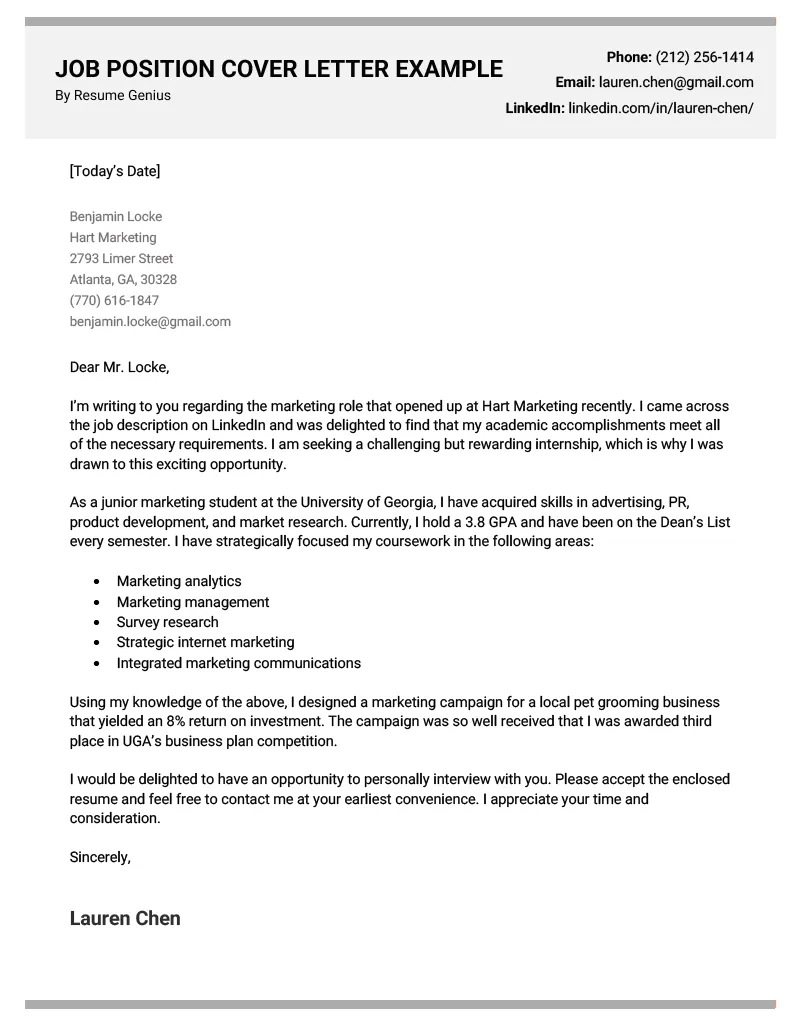
In the closing paragraph, summarize your interest in the role and reiterate your enthusiasm. Thank the hiring manager for their time and consideration. Express your eagerness to discuss your qualifications further. Keep it concise and positive, leaving a lasting impression. This is your final opportunity to reinforce your value. Ensure that you end on a positive note, showing you are the right fit. Make your message memorable to leave a positive impression on the employer.
Call to Action
Include a clear call to action, such as stating that you are available for an interview at their earliest convenience. This indicates your proactive attitude and willingness to move forward in the hiring process. Provide your contact information again and make it easy for the hiring manager to reach you. A strong call to action ensures that the hiring manager knows how to proceed if they are interested in your application. By taking this step, you are telling the employer you want the job.
Proper Formatting and Style
Font and Font Size
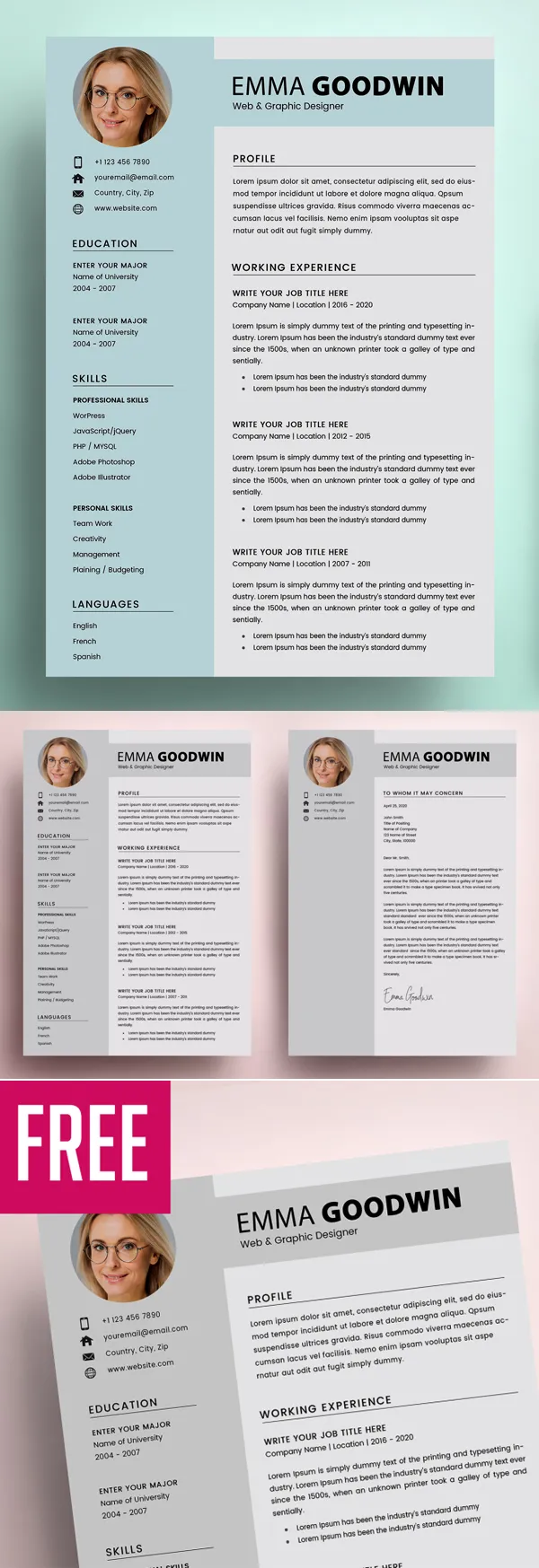
Choose a professional and readable font, such as Times New Roman, Arial, or Calibri. Keep the font size between 10 and 12 points. The font should be easy on the eyes. Ensure consistency throughout the document. Avoid using unusual fonts that might be difficult to read. Remember, the goal is to present your information clearly and professionally, and the font choice plays a crucial role in this. The right font can make your cover letter appear clean and easy to read.
Margins and Spacing
Use standard margins (1 inch on all sides) to maintain a balanced and clean look. Use single-spacing within paragraphs and double-spacing between paragraphs. Proper spacing enhances readability and makes your cover letter more visually appealing. Avoid overcrowding your text or making it look cramped. A well-formatted cover letter shows that you pay attention to detail. A clean format is important, since it shows the employer that you pay attention to detail.
Proofreading and Editing
Proofread your cover letter carefully for any typos, grammatical errors, or formatting inconsistencies. Errors can undermine your credibility and detract from your message. Have someone else review your cover letter for a fresh perspective. Using grammar and spell-check software is also recommended. Attention to detail is essential. A polished cover letter shows professionalism and attention to detail. Ensure that your cover letter is flawless.
Tailoring Your Cover Letter
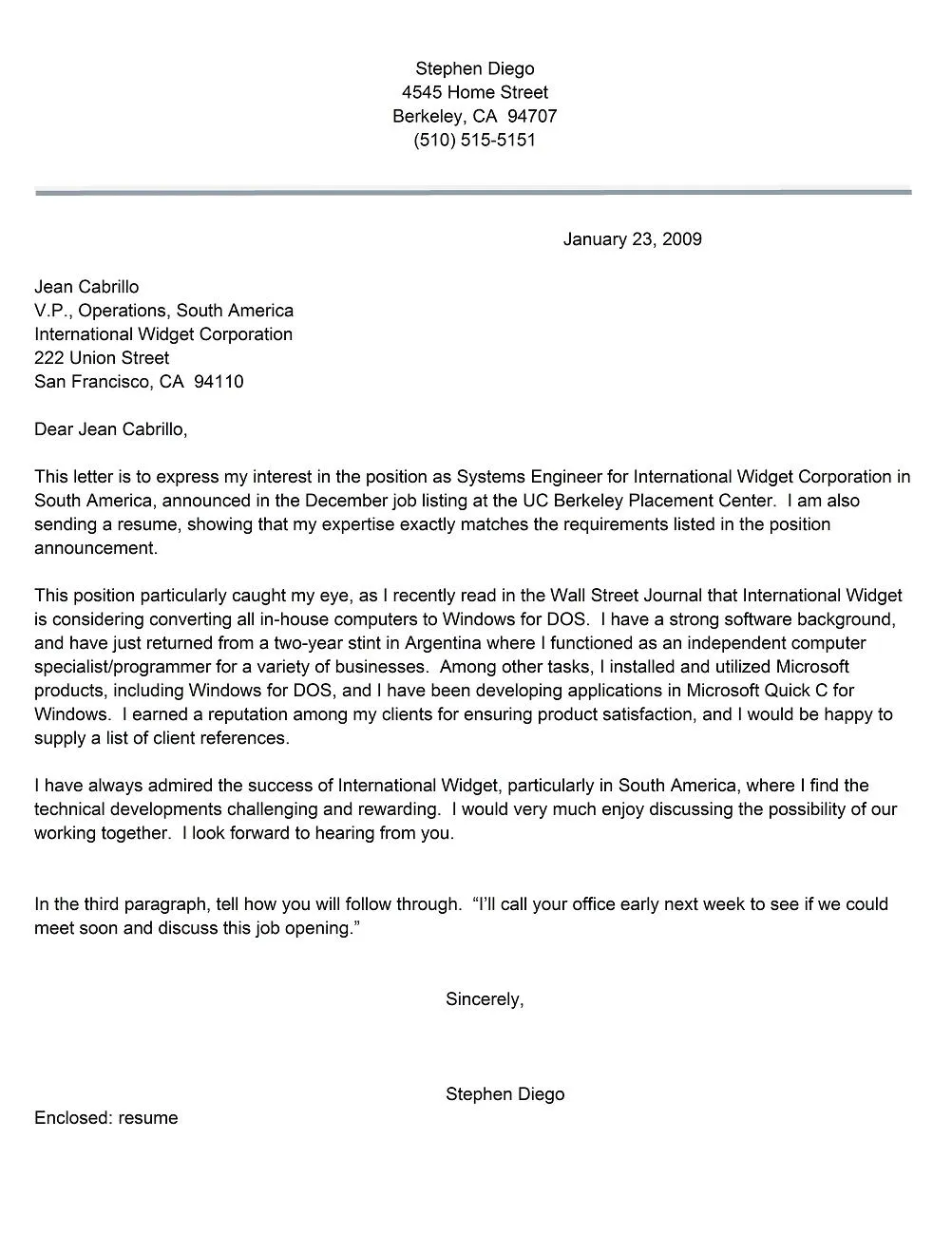
Researching the Company and the Role
Before writing your cover letter, research the company and the specific role you are applying for. Understand the company’s mission, values, and culture. Identify the key requirements and responsibilities of the job. This information will help you tailor your cover letter to highlight the most relevant aspects of your experience and skills. Use the job description to understand what the employer is seeking in a candidate. Demonstrate that you understand the company’s needs and the demands of the role.
Using Keywords from the Job Description
Incorporate keywords from the job description into your cover letter. This helps your application pass through applicant tracking systems (ATS) and ensures that your application gets noticed by the hiring manager. Tailor your language to match the terminology used in the job posting. However, avoid keyword stuffing and maintain a natural and professional tone. Using the appropriate keywords increases the chances of your application being seen. Doing so will increase the likelihood of being called for an interview.
Adapting to Different Job Types
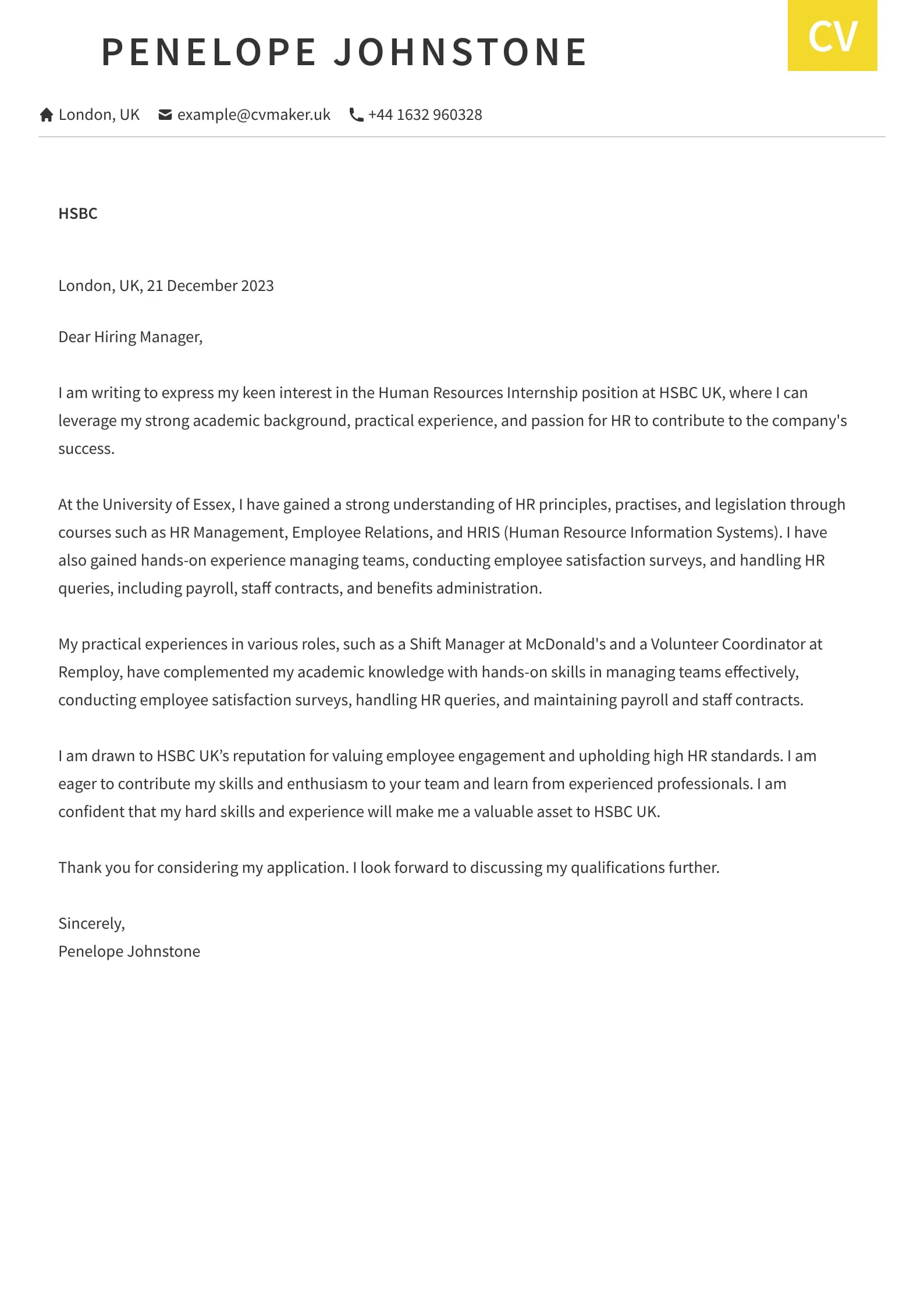
Adapt your cover letter to suit different job types and industries. The tone, style, and content of your cover letter should vary depending on the specific role and company. For example, a cover letter for a creative position may have a more informal and expressive tone, while a cover letter for a corporate role should be more formal. Always ensure that your cover letter reflects the expectations of the industry. Consider tailoring your letter to different roles, since you want to be the best candidate possible.
Common Cover Letter Mistakes to Avoid
Generic Cover Letters
Avoid using generic cover letters that are not tailored to the specific job or company. Generic cover letters show a lack of interest and effort, which can lead to your application being rejected. Customize your cover letter to reflect your interest in the specific role and the company’s values. Take the time to research the company and the role before writing your letter. Making it custom will help you stand out.
Typos and Grammatical Errors
Typos and grammatical errors can undermine your credibility. They demonstrate a lack of attention to detail and professionalism. Proofread your cover letter carefully before submitting it. Have someone else review your cover letter for a fresh perspective. Using grammar and spell-check software is highly recommended. A polished cover letter is an important part of a good application.
Lack of Enthusiasm
Express your enthusiasm for the role and the company. A lack of enthusiasm can make you appear uninterested or unmotivated. Show genuine interest in the opportunity and express your excitement about the prospect of joining the team. A positive tone and a clear expression of interest can go a long way. Make it clear you want the job and that you are willing to do what it takes.
Overly Formal Language
While it is essential to maintain a professional tone, avoid using overly formal language that can sound impersonal or stilted. Write in a clear and concise style that is easy to understand. Use active voice and avoid unnecessary jargon. Make sure your language is appropriate for the industry. Try to be yourself while still being professional.
Cover Letter Examples
Review cover letter examples to get ideas and inspiration. Various templates and examples are available online. Use these examples as a starting point but always customize your letter to fit your qualifications and the job requirements. Look for examples that are relevant to your industry or role. Tailoring it will get you more interviews.
